
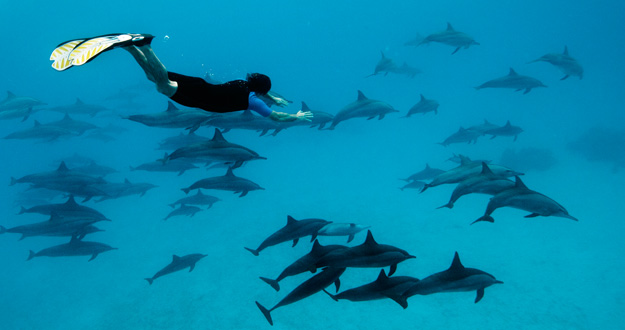
The mental and physical prerequisites for Kampfschwimmer service are the highest within the entire German armed forces. Candidates must be in the highest category (T1) of the physical screening test administered to military recruits. On a case by case basis candidates who fall in the second highest category (T2) of the physical screening test, Read More

LERNE LEIDEN OHNE ZU KLAGEN! – LEARN TO SUFFER IN SILENCE! Is the motto of Kampfschwimmer training, and that pithy phrase really says it all. Candidates must display courage, unmitigated determination to succeed, willingness to learn, mental flexibility, capacity for suffering, humility, self-confidence, self discipline, leadership, responsibility, and the ability to work as part, Read More

Kampfschwimmer training lasts three years. Next to pilot training it is one of the longest, most expensive and physically most demanding training programs of the German armed forces. Aside from the overall physical and psychological burdens of the training, the element of water constitutes the trainees greatest challenge. This is what differentiates Kampfschwimmer training, Read More

The shock of 9/11 2001 not only exposed the vulnerability of Western societies, it also identified the current threat which political institutions and the military need to confront head on. In the course of the security policy debates and developments which followed the attacks in New York and Washington, the German Navy created a, Read More

On 2 August 1990 some 100,000 Iraqi soldiers crossed into Kuwait. Within a few hours of this invasion the UN Security Council passed Resolution 660, condemning the invasion and demanding the withdrawal of the Iraqi forces. On 16 January 1991, one day after the ultimatum associated with UN Resolution 678 expired, the anti-Saddam coalition, Read More
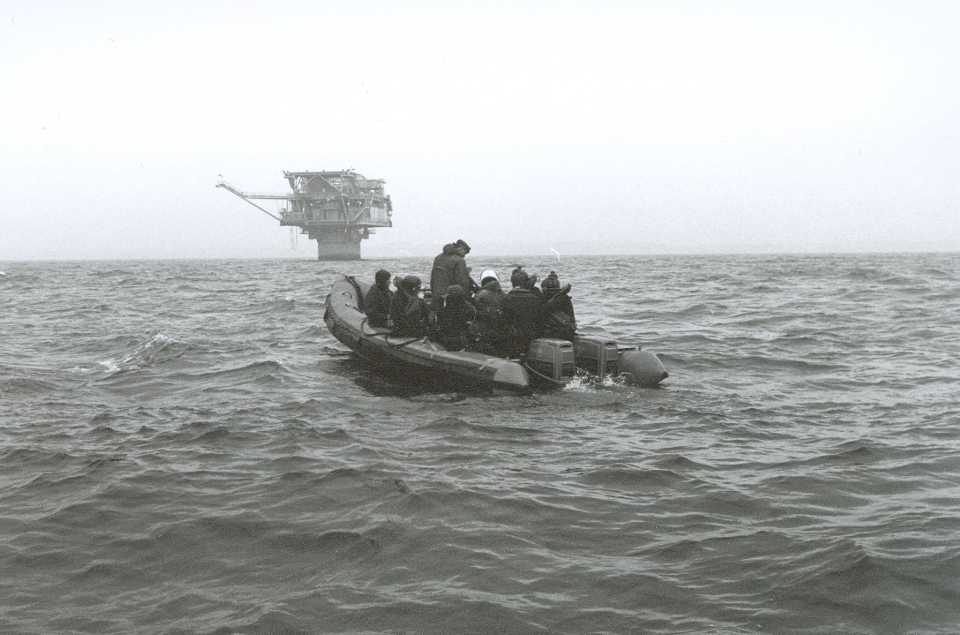
The Kampfschwimmer Company and the beachmaster company were both assigned to and integrated into the newly established Maritime Battalion (Seebataillon) on 16 December 1988. (The original Seebataillon had been disbanded in the 1960s.) On 1 April 1989 the Company celebrated its 25th anniversary. Six months before the fall of the Berlin Wall and the, Read More
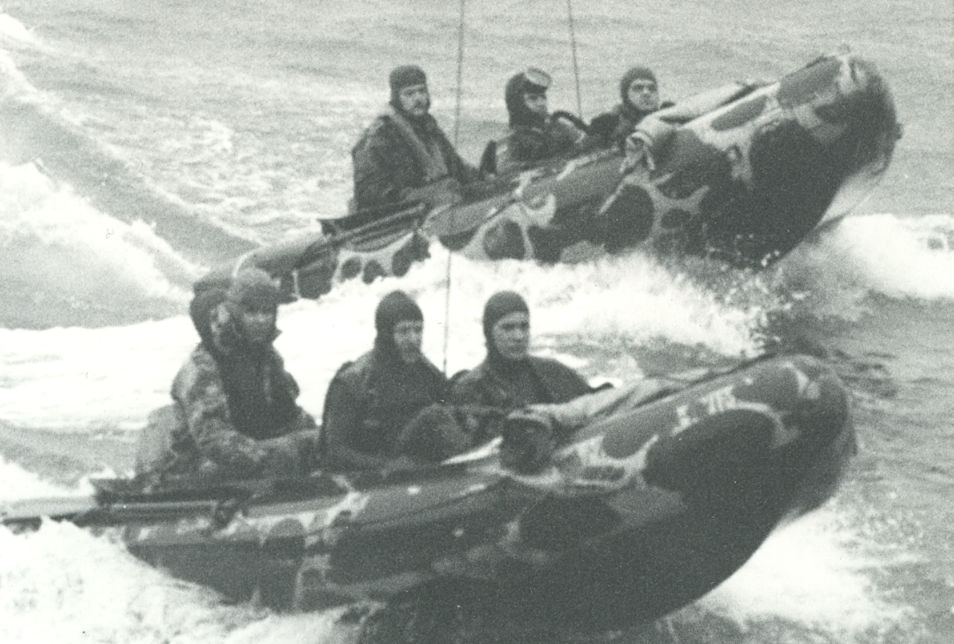
The 1970s would be a decade marked by terrorism, and this would have great significance for the Kampfschwimmer Company. On 5 September 1972, eight members of the Palestinian terrorist organization Black September entered the Olympic Village in Munich. They took eleven hostages. All hostages died during the course of a rescue attempt by the, Read More
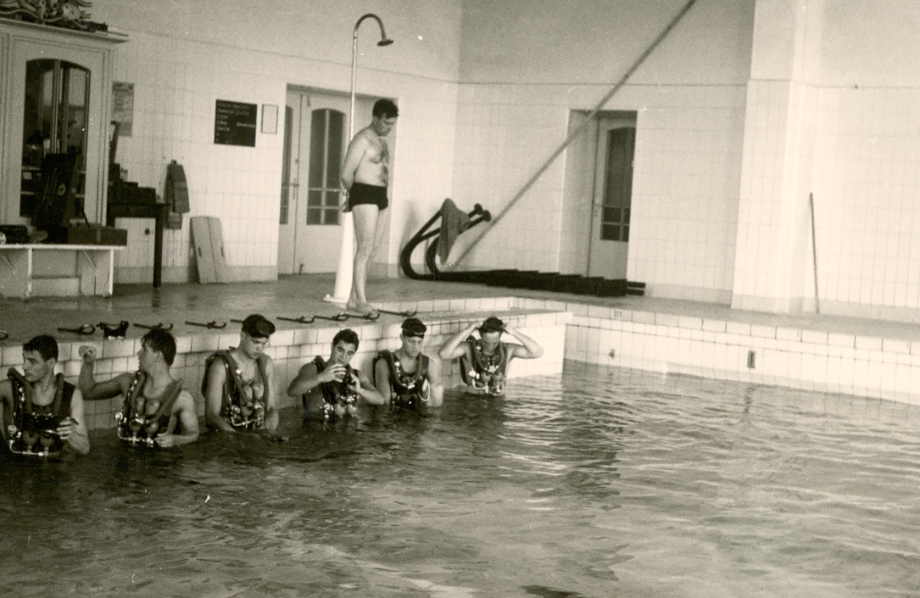
On 1 July 1963 the Kampfschwimmer platoon was relocated as a detached unit from Borkum to the Carlshöhe naval barracks (Carlshöhe Kaserne) in the town of Eckernförde on the Baltic Sea. Commander at this time was Oberleutnant zur See (O-2, equivalent to US Navy Lt. j.g.) Bernd Kielow. The Naval Chief of Staff’s official, Read More
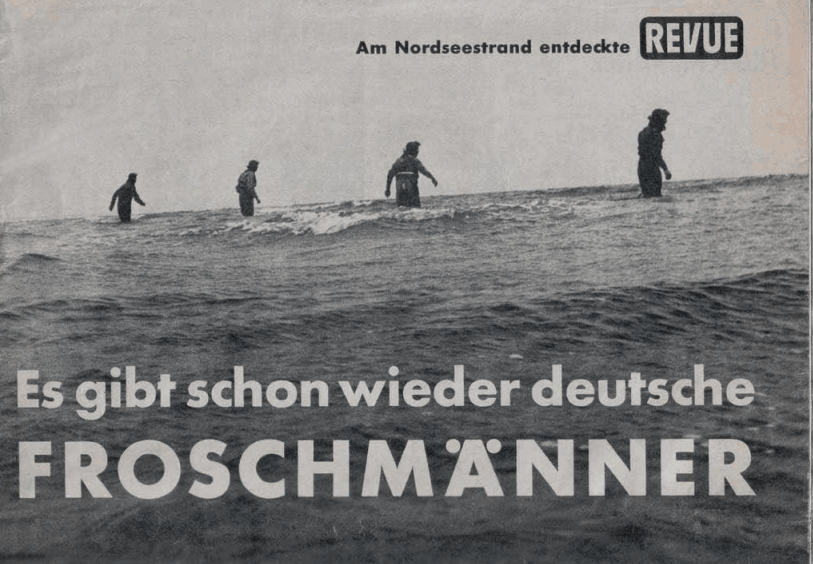
The Federal Republic of Germany (FRG) was founded on 23 May 1949 out of what had been the three western zones of occupation. The new federal government soon came under increasing pressure to rearm. The catalyst was a conflict taking place 15,000 kilometers southeast of German territory: the Korean War. The Western powers, Read More
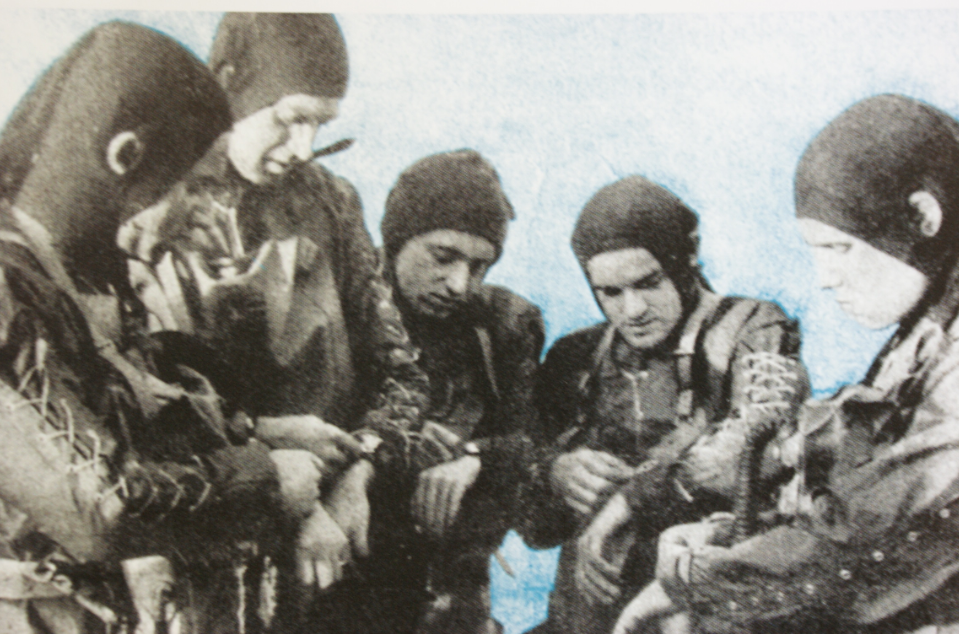
Formation and training of a Kampfschwimmer unit during World War II was an act of despair. For years the German war machine, with its ultra-modern heavy weapon systems and cutting edge equipment, had enjoyed an unbroken record of success. This provided the proponents of conventional warfare who dominated the command staff no incentive for, Read More




